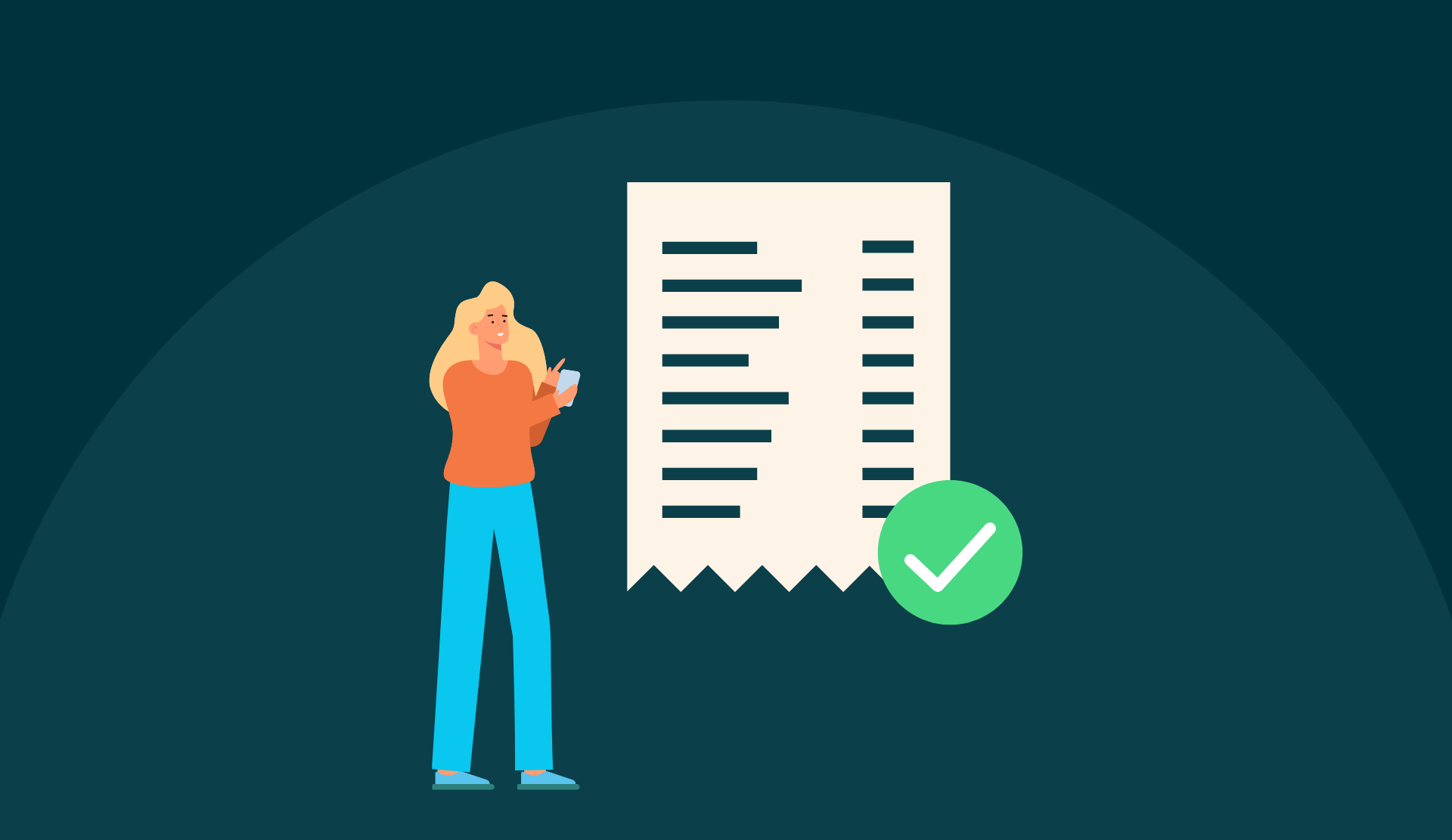5 Expense Questions For CFOs at Year End
As the year comes to a close, organisations are assessing their results of the last 12 months. This usually includes business performance of the past year, and goals and strategies for the year to come. The CFO’s task is particularly demanding as it involves reviewing every department’s budgets, performance, efficiency, etc. And for Finance, this encompasses accounts payable and receivable as well as the tools and processes to do it all. No small feat.
As part of the G&A, the Finance department is often overlooked. It seems like a non-compressible cost. Yet, efficiency in every aspect of a business will help it build resilience and last in the long run. This means that it is crucial for organisations to ensure they are performing at optimal efficiency everywhere possible, including their G&As.
One particularly time-consuming G&A task is bookkeeping. Specifically reviewing, approving and processing expense reports. Industry average to create and submit an expense report is 15-30 minutes. It takes the same amount of time to review and process one report. The time you spend on expense reports could be better spent elsewhere. So why not automate your expense process? This would speed up and simplify your processes while freeing your employees to do more meaningful, value add work.
With five simple questions, you could significantly increase the productivity and efficiency of your entire Finance department. Read on to start the new year off on the right foot.
1. How much time is your team spending on bookkeeping?
Bookkeeping tasks are often mundane, time-consuming and boring. This combination can lead to mistakes, disgruntled employees and increased turnover.
What if you could reduce manual data entry and increase your employees' job satisfaction? By automating your expense management process, you would do just that.
Using the figure of 15-30 minutes/expense report, think through your own workflow. How many expense reports does your team review and process every month? Even in smaller organisations, that figure can add up to 10+ hours per week. That’s a quarter of an FTE spent on time-consuming tasks with zero added value that just have to be done.
What if, instead of boring manual data entry, your employees could be spending their time on more strategic, business-critical tasks? They could be improving cash flow, reviewing vendor agreements and analysing spend to improve efficiency. All of which would be far more useful to your business and increase your bottom line.
Automated expense management solutions do not replace employees. They allow them to be more productive and spend more time on value add tasks that will bring them more satisfaction, and bring you better results.
2. How much money is poor expense management costing you?
Receipts fade and get lost. Pockets are filled with them, and you may have one in your car door right now.
Digital expense management allows for a paperless workflow where receipts are immediately scanned and stored as long as needed in a digital archive. Not forgotten in a pocket only to resurface on December 30th. Digital expense management allows your employees to claim their expenses sooner and more efficiently, making for faster reimbursements (and happier employees). It also gives you a more accurate overview of costs, providing better reporting and cash flow management.
Besides, humans are fallible. We’ve all made typos and for the most part, these have little to no consequence. However, when a 12 becomes a 120 or vice versa, this can lead to trouble. Well-intentioned (and not so well-intentioned) employees can, with the slip of a key, cost your business much more than planned. Automated expense management solutions use OCR to ensure that the amount on the receipt and in your books match, meaning no disgruntled employees and no cash leakage (or suspicious auditors!).
All it takes is a smartphone and an internet connection to ensure accurate, compliant expenses, every time. And that you’re not wasting money.
3. How well can you track expenses?
Prospective customers often come to us with no idea how many expenses they process each month, and how much money they reimburse. They also aren’t able to plan around expenses or see how much they owe their employees at any given time.
Visibility is key for any business, of any size. Without it, managing your cash flow and making sound decisions becomes more difficult. Expense management software allows you to see every expense, at every stage of the process: submitted, approved, controlled and paid. It also allows you to filter by department, cost, category or any other vertical. All in one single, easy to use and visualise dashboard.
If you want to find out whether you’re spending more on flights or accommodation: you can do that. If you are curious which department spends the most on expenses: you can find out. And if you want to see who your single largest spender is, you can. All it takes are a couple of clicks to obtain full, accurate reporting.
4. Are you getting the best deals from your suppliers?
It’s easy to choose a supplier based on the information you had at a given moment, then “set it and forget it”. But things change. Employees have travelled less by plane over the past few years and driven more. Fewer nights were spent in hotels, whereas training costs went through the roof at one stage.
Do you regularly review your suppliers based on your current reality? If your package included training for 10 employees and you are now providing training to 50, you're not getting the best rates. If your hotel rate is based on 250 nights per year, but you are booking only 50... well, good for you, but that rate may not last long!
An expense management solution empowers you to review and audit your suppliers. When your employees spend less time entering data, they can spend more of it reviewing contracts, negotiating data-driven deals and investigating new suppliers.
5. How much time are you spending on financial closing?
The last few days of the month can be taxing, not to speak of the last few weeks in the year. Financial closing is a dread-inducing, time-consuming activity. However, you can make it less of both of those things. Automated expense management solutions help you keep track of expenses and receipts or invoices, storing them digitally for easy retrieval. No more chasing after loose bits of paper or asking your employees to submit their expenses on time.
And should you be audited, the process will be smooth thanks to digital documentation. Accounts closing and tax season don’t have to be stressful.
Conclusion
Ask yourself or your CFO a version of these five questions to identify issues and improvement points in your business. And revisit these questions each year to steadily increase your efficiency and profitability. What can you do that little bit better, that little bit faster?
While the end of the year may feel like to busy a period to be thinking of this, it’s exactly the right time. Because you are doing it for the future, to ensure things go as smoothly as possible.
Help yourself, your department and your organisation by discovering what automated expense management can do for you.
Share this
You may also enjoy
these related stories

Optimise Employee Expenses with Business Credit Cards

Understanding Proof Of Purchase For Business Expenses in 2025

7 Reasons Why Travel Managers Choose Mobilexpense in 2025




